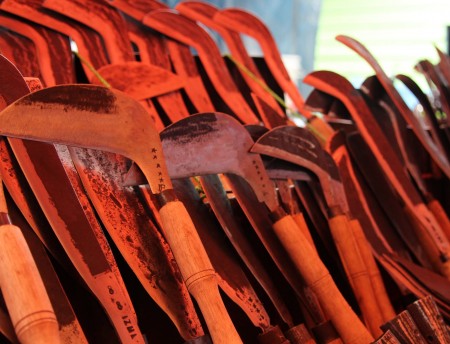
This article was originally published by the Armed Conflict Location & Event Data Project in May 2016.
As the crisis is Burundi officially enters its second year, the country remains unstable, as dead bodies (often with signs of torture) continue to be discovered throughout various provinces, high-profile assassinations are on the rise, and newly formed armed opposition groups become more active. The conflict has a current reported fatality count of 1,155 between 26 April 2015 and 25 April 2016 (as of the time of publishing); at least 690 of the reported dead (or approximately 60%) are civilians. More than 260,000 people have reportedly fled outside Burundi and thousands have disappeared without trace: approximately 137,000 Burundian refugees have crossed into Tanzania, 77,000 into Rwanda, 23,000 into Uganda, and 22,000 into the Democratic Republic of Congo (DRC) (UNHCR, 29 April 2016).
Direction
In recent weeks, the crisis has become increasingly wide-spread throughout the country and increasingly varied with respect to actors targeted by violence – ranging from security forces, former soldiers, and members of various opposition groups. The consequences of the past year are stark, but the crisis is not materializing into a civil war, a coup, or any other form of instability that is immediately recognizable. Since June 2015, reports have been referring to President Pierre Nkurunziza’s actions as ‘trigger for civil war’ and ‘spiraling into chaos’, yet continue to use the term ‘political crisis’ rather than ‘civil war’ to describe ongoing events in the country ( Al Jazeera, 28 June 2015).
